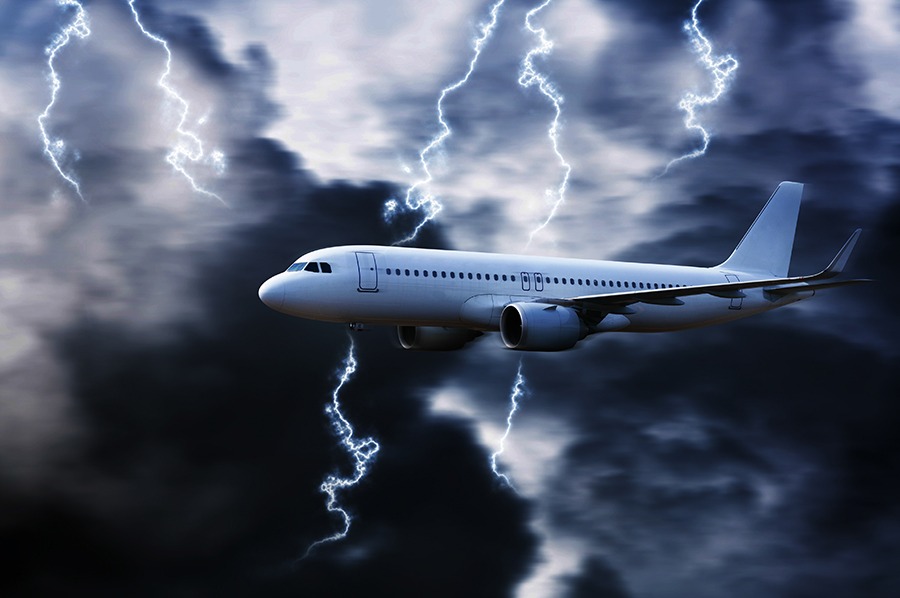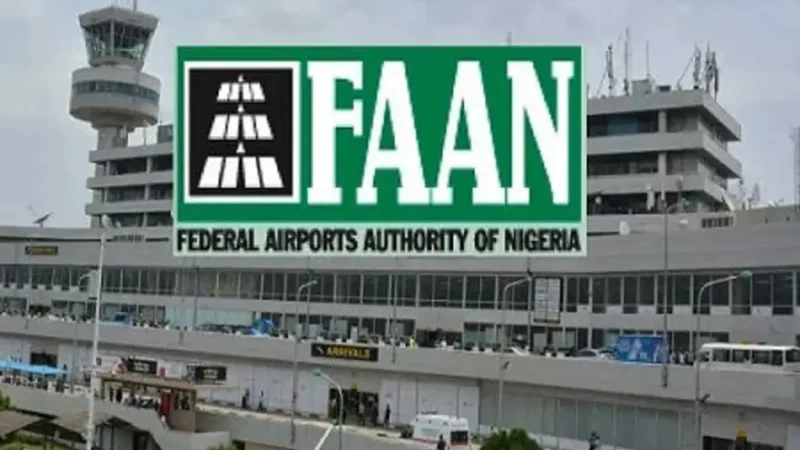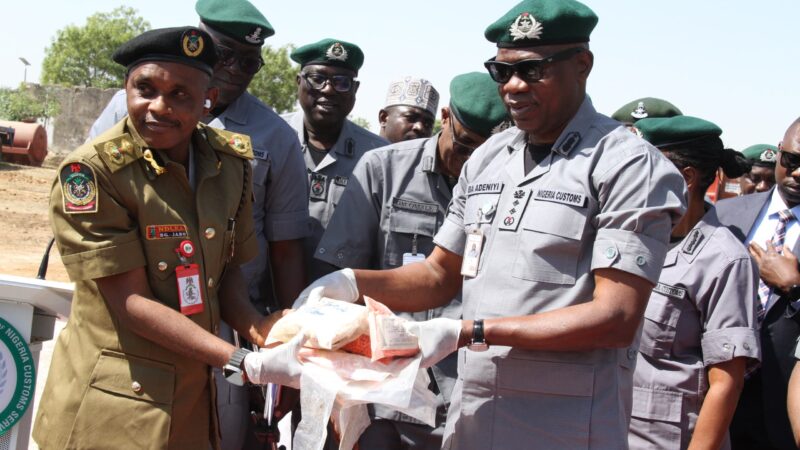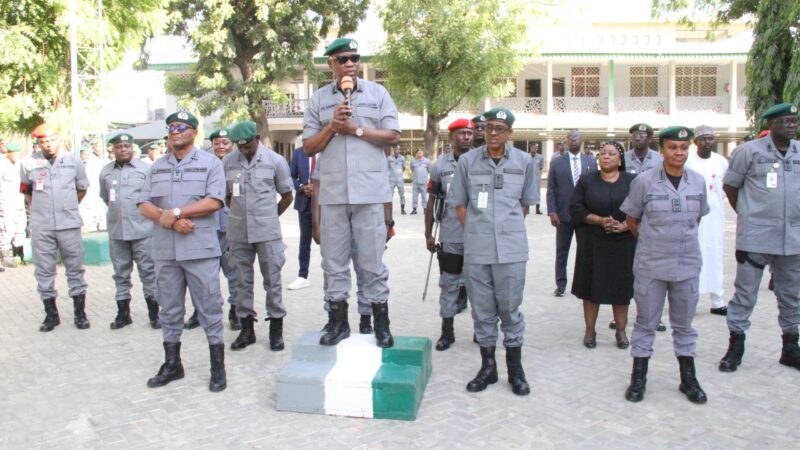Towards Safer Skies: Mitigating Weather-Related Flight Disruptions in Nigeria

The aviation industry, a cornerstone of global connectivity and economic advancement, faces an enduring challenge – the unpredictability of weather.
Across the globe, bad weather conditions have disrupted flights, caused delays, and strained airport operations.
From the dense harmattan fogs of Nigeria to hurricanes in the United States, the interplay between aviation and weather remains complex and fraught with risks.
Weather-related aviation challenges are not exclusive to any one region.
In 2013, Asiana Airlines Flight 214 crashed during its final approach to San Francisco International Airport under clear weather conditions but with a strong tailwind, highlighting how wind shear and speed variations can be perilous.
Similarly, in 2020, hail damage forced a Turkish Airlines flight to make an emergency landing in Istanbul, demonstrating how sudden weather phenomena can endanger even modern aircraft.
In Asia, Typhoon Jebi caused over 800 flight cancellations at Kansai International Airport, Japan, in 2018, leaving thousands of passengers stranded.
Meanwhile, Europe has also faced its share of disruptions, such as the 2010 Icelandic volcanic ash cloud, which grounded flights across the continent, affecting millions.
These incidents underline the necessity for robust mitigation strategies and adaptable technologies in aviation.
Nigerian Weather Conundrum
Nigeria, with its tropical climate, experiences distinct seasonal weather patterns that significantly impact aviation.
The harmattan season, marked by dry winds and dense dust haze from November to March, drastically reduces visibility across the country, particularly in northern and central regions.
This phenomenon has repeatedly led to delays and cancellations at major airports, including Murtala Muhammed International Airport in Lagos and Nnamdi Azikiwe International Airport in Abuja.
Moreover, Nigeria’s rainy season, spanning April to October, brings torrential downpours, thunderstorms, and strong winds. These conditions often disrupt take-offs and landings, with waterlogged runways further complicating airport operations.
Sunset conditions, especially in airports with limited runway lighting and outdated Instrument Landing Systems (ILS), exacerbate these challenges, forcing flight cancellations or diversions to better-equipped facilities.
Below are a few examples of weather-induced incidents in Nigeria:
February 20, 2018: A Dana Air flight overshot the runway at the Port Harcourt International Airport due to heavy rain and poor visibility.
No casualties were reported, but the aircraft suffered significant damage. The incident highlighted challenges related to wet and slippery runways during severe weather conditions.
April 25, 2013: An Aero Contractors flight en route to Lagos made an emergency landing in Abuja after encountering strong turbulence due to bad weather.
Passengers were safely evacuated, but the incident raised concerns about real-time weather monitoring.
January 2020: Harmattan haze caused extreme visibility reductions at the Nnamdi Azikiwe International Airport in Abuja, leading to flight cancellations and diversions.
Airlines were forced to delay flights until weather conditions improved, disrupting passenger schedules.
May 2023: A Max Air flight encountered a turbulent landing in Sokoto due to heavy rain and strong winds.
Passengers reported a frightening experience, although there were no injuries.
These examples, among others not captured here, highlight the importance of advanced weather prediction technologies, runway maintenance, and pilot training to handle adverse conditions in Nigerian airspace.
Economic and Operational Impacts
The economic implications of weather-induced disruptions are staggering. Airlines incur hefty costs from diverted flights, additional fuel consumption, passenger compensation, and rescheduling logistics.
For passengers, the frustration of delayed or cancelled flights is compounded by financial losses and missed opportunities.
Nigeria, as a nation heavily reliant on its aviation sector for domestic and international travel, cannot afford to ignore these pressing issues.
Call to Action
To address these challenges, Nigerian aviation agencies must take decisive steps. The Nigerian Airspace Management Agency (NAMA), the Nigeria Civil Aviation Authority (NCAA), and the Federal Airports Authority of Nigeria (FAAN) must prioritise investments in weather mitigation strategies, including:
Upgrading Infrastructure: Airports must be equipped with advanced runway lighting and Category III Instrument Landing Systems to improve operations during low-visibility conditions.
Enhanced Weather Forecasting: Collaboration with the Nigerian Meteorological Agency (NiMet) is essential to provide accurate, real-time weather data to airlines and pilots.
Capacity Building: Continuous training for air traffic controllers and ground personnel on handling adverse weather scenarios is imperative.
Public-Private Partnerships: Encouraging investments from private firms in state-of-the-art technologies, such as radar systems and predictive analytics, will strengthen resilience.
Policy Reforms: The NCAA should enforce stricter regulations mandating airlines to adopt advanced weather tracking systems and contingency planning.
Towards Safer Skies
As climate change intensifies the frequency and severity of extreme weather events, a proactive approach is no longer optional.
The global aviation community, led by organisations such as the International Civil Aviation Organisation (ICAO) and the International Air Transport Association (IATA), has set the stage with comprehensive guidelines and advocacy for technological advancements.
Nigeria must align itself with these efforts, ensuring that its aviation sector remains competitive and, most importantly, safe.
The skies may never be entirely free of turbulence, but with collective effort and innovation, the industry can navigate the stormy weather towards safer, more efficient air travel.







